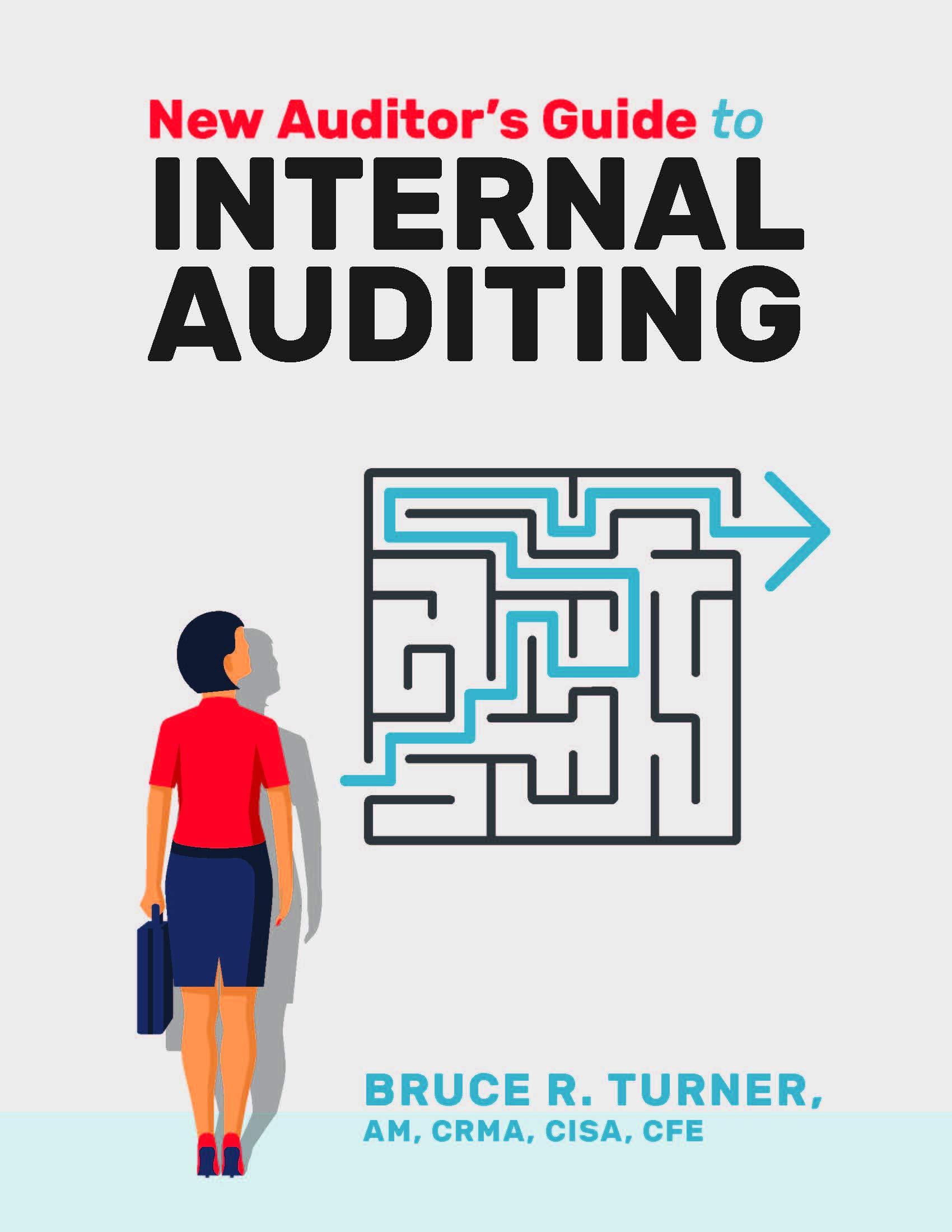1. Accounting cycle 2. Relevance 3. Comparability 4. Consistency 5. Verifiability 6. Timeliness 7. Understandability A. Information presented to users, who have a reasonable knowledge of accounting and business can, with reasonable study efforts can comprehend the meaning of the information. B. Any event, external or internal, that is recognized in the financial statements. C. Any information that would make a difference to financial statement users should be revealed. D. A company will continue to operate long enough to carry out its existing commitments. E. The process of applying the same set of accounting principles for the same items over time. F. Records the effects of a transaction on accounts using debits and credits G. Accountants should take care to avoid overstating assets or income when they prepare financial statements. H. The system used by companies to record the effects of transactions on the accounting equation. 1. Information where independent parties can agree on the measurement of the activity. J. This gets its name because it resembles the capital letter K. Simple and orderly process, based on a series of steps and conventions. L. Principle that requires an expense be recorded and reported in the same period as the revenue that it help generate. M. Information that is available to users before it loses its ability to influence decisions. N. A chronological record showing the debits and credit effects of transactions on a company. O. Information that can make a difference in a business decision 8. Cost constraint 9. Full disclosure 10. Economic entity assumption 11. Going Concern Assumption 12. Time period assumption 13. Monetary Unit Assumption 14. Historical cost principle 11 15. Revenue recognition 16. Expense recognition principle 17. Conservatism principle 18. Transaction 19. Transaction analysis P. Principle used to determine when revenue is recorded and reported Q. The benefit received from accounting information should be greater than the cost of providing the information R. List of accounts used by the company. S. When debit accounts have a debit balance and when a credit account has a credit balance T. When the life of a company is divided into artificial time periods so net income can be measured for a specific period of time. 20. Double-entry accounting 21. An account U. The process of determining the economic effects of a transaction on the elements of the accounting equation. Page 2 22. Chart of Accounts V. The activities of a company are initially measured at their cost. W. When a company accounts and reports its financial results in monetary terms 23. T-account Betus My Home Change Website 24. Debit X. Comparable information allows external users to identify similarities and differences between two or more items. 25. Credit 26. Normal balance 27. Journal 11 III Y. The left side of a T-account Z. Each company is accounted for separately from its owners. AA. A record of increases and decreases in each of the basic elements of the financial statements. AB. The right side of a T-account AC. The process of transferring the information from the journalized transaction to the general ledger. 28. Journal entry 29. Posting









